It was a Saturday morning in September, and my not-quite-girlfriend Delaney and I had just left the fishing dock in Bass Harbor on Mount Desert Island, Maine, in RIDDLE, my Shellback dinghy, for a weekend of camp-cruising in Blue Hill Bay. In spite of a late start—it was almost lunchtime—the morning fog, damp and breathless, had failed to burn off and visibility was measured in oar lengths instead of miles. With RIDDLE loaded down with two days’ worth of food and camping supplies, we floated the boat—sunk down well past the waterline—off the beach and headed out into the opaque white, using an aviation navigation app on my phone as our GPS. When Delaney loaded up RIDDLE, the boat’s paint was unscratched and our muscles were still fresh.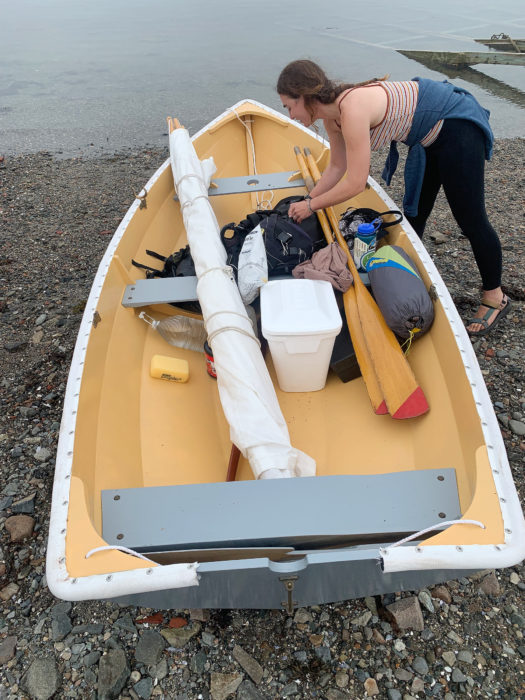 Photos by Delaney Brown and Tom Conlogue
Photos by Delaney Brown and Tom Conlogue
Join The Conversation
We welcome your comments about this article. If you’d like to include a photo or a video with your comment, please email the file or link.
Comments (8)
Leave a Reply
Stay On Course

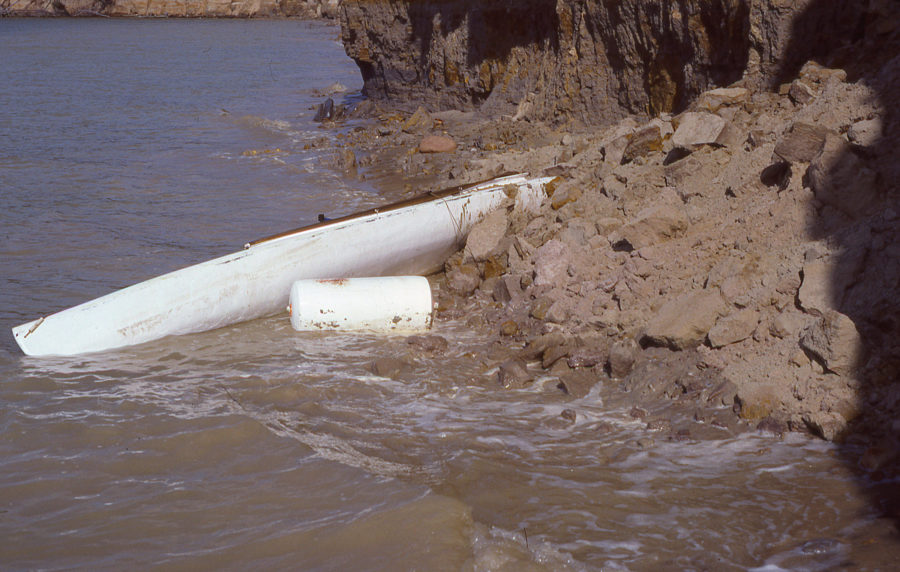


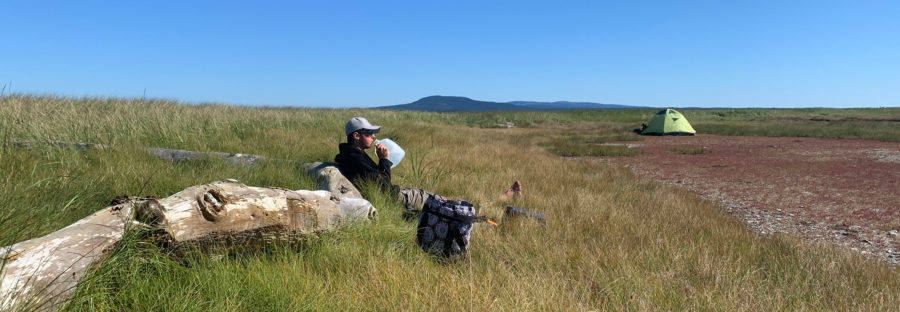
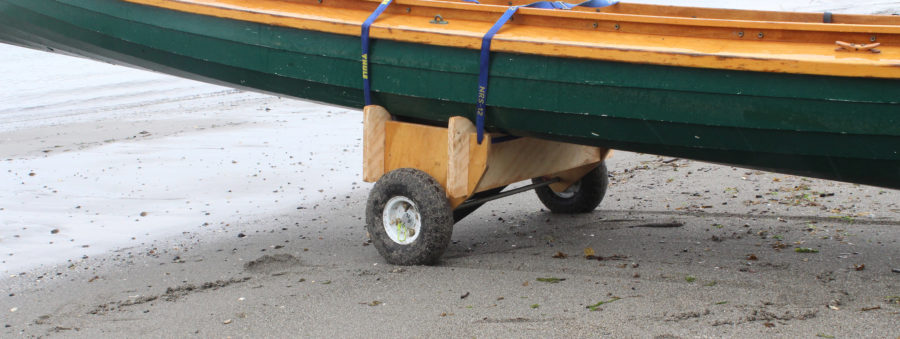
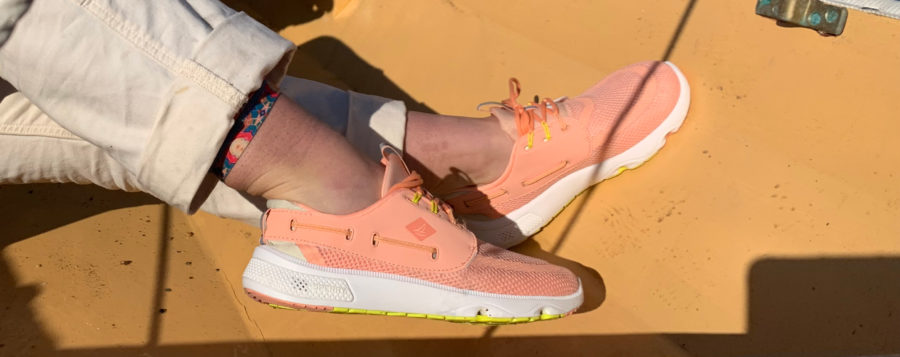
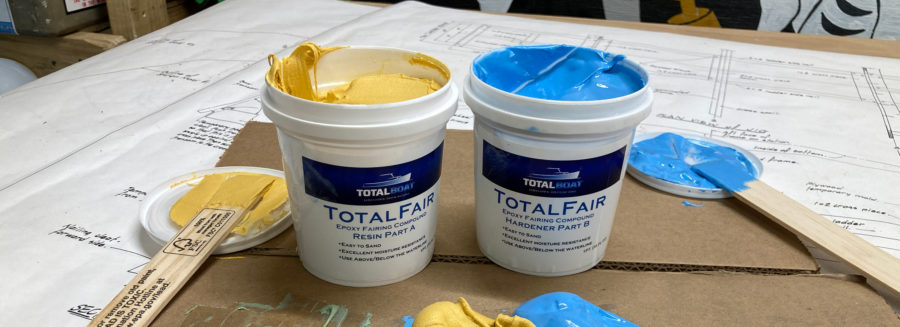
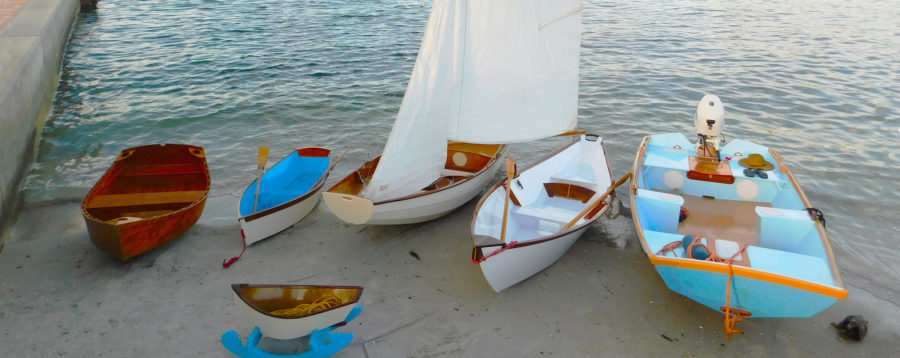
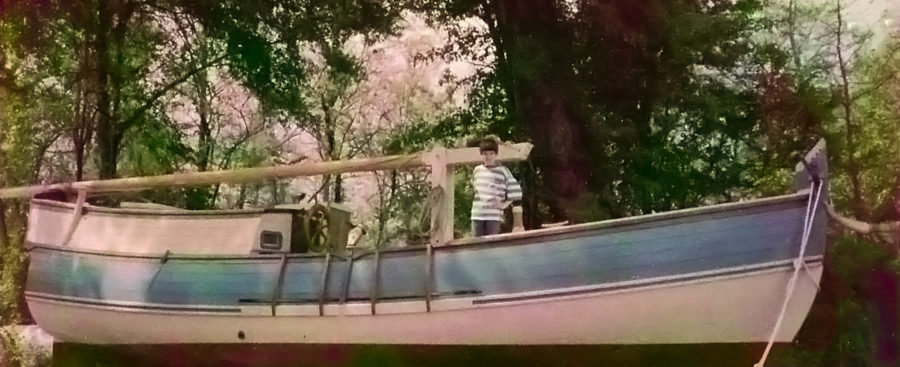
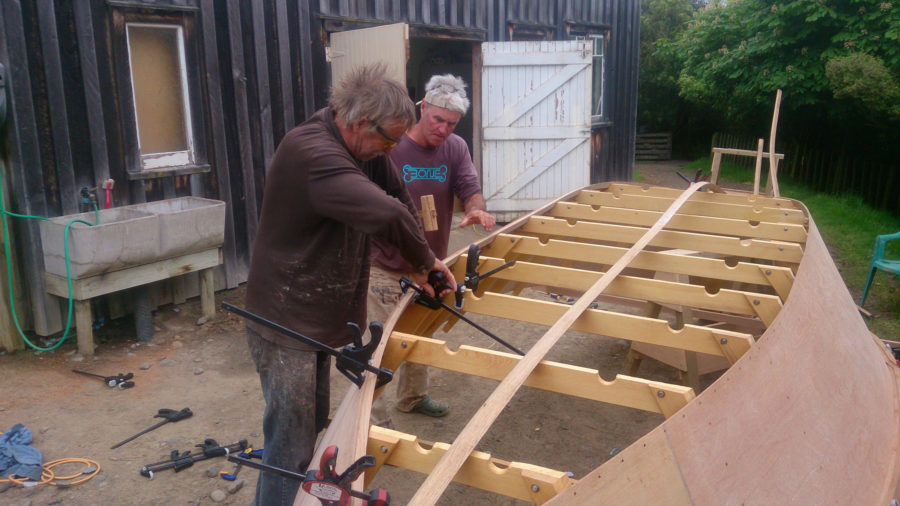
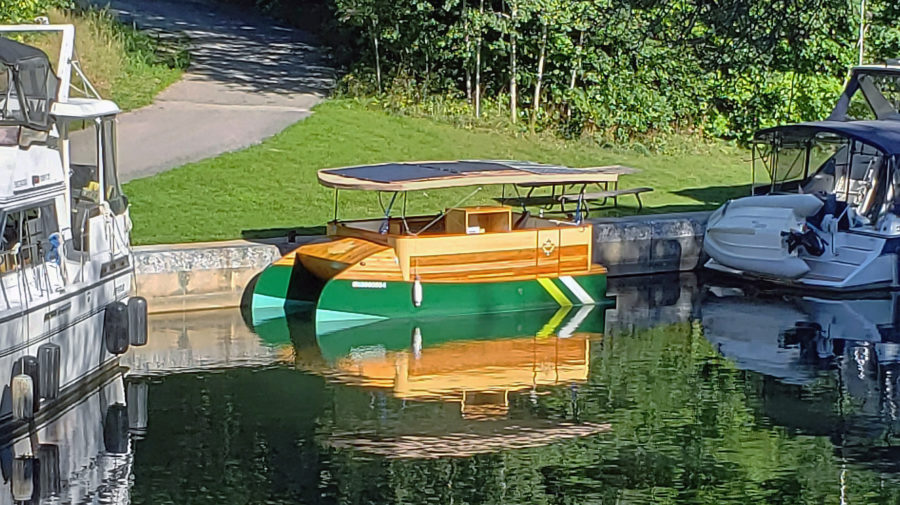
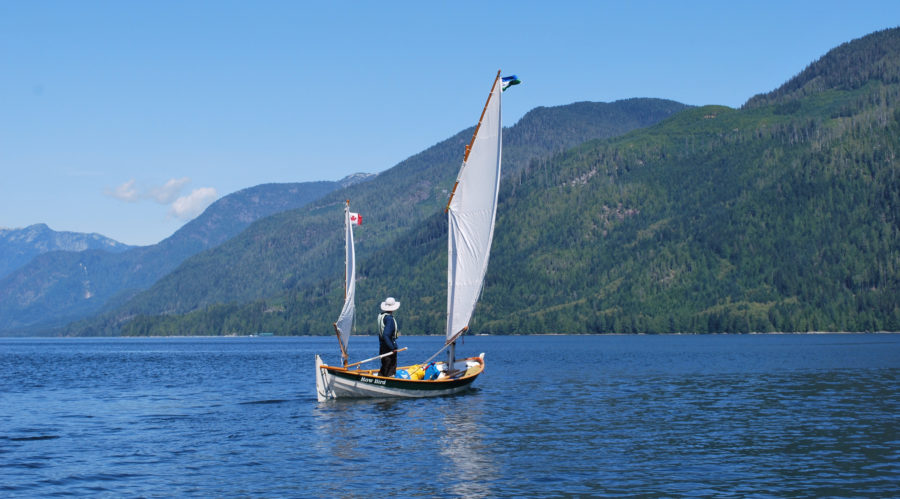
Nice story. When I read this, in my fresh 60s, I would like to be young again. My (our) voyage of this kind was on the French river Arroux, about 1990.
So far it’s already inspired a few more adventures. Hopefully you and your partner will also have more adventures to look forward to.
I bet that ferry capt. had a few choice words!!!!!
A couple of wonderful adventures in one small boat!
Great story and adventure and all at minimized equipment, etc. We who navigate larger vessels from time to time link you with kayakers so far as fog is concerned; we may refer to you as speed bumps!
Not funny. Stay safe. We all look forward to many more sea tales from you two.
A beach “infested” with “munchkins”? If you keep going on these romantic trips you might find that is you in a few short years!
The part about getting wedged inshore reminded me of one of my earliest memories. My dad and I built two Sea Shell prams from a kit ($35 each!) in the late 1950s. They were a product offered by the Hagerty Furniture Company who also offered kits for the 110 Class racing sailboats at one time. There was a summer event called The Pirate’s Race. Each boat was outfitted with three tennis balls. If you could throw a tennis ball into another boat you “captured it” and they had to return to the beach. The last boat afloat won. A friend and I sailed our little sailing pram well up into one of the marsh creeks, threaded our way into a drainage ditch and dropped the mast. We reasoned that no one would either see or reach us by the end of the day. But we didn’t allow for the outgoing tide and ended up high and dry, marooned there until almost dusk. It was a lesson I learned early and won’t forget mainly due to all the mosquito bites.
I want to camp on Pond or Marshall this coming summer with my sailboat and I was reading this story and realized it is Tom and Delany who helped teach me to sail! Hi you guys! Great story, great adventures!! See you next summer.
Heather